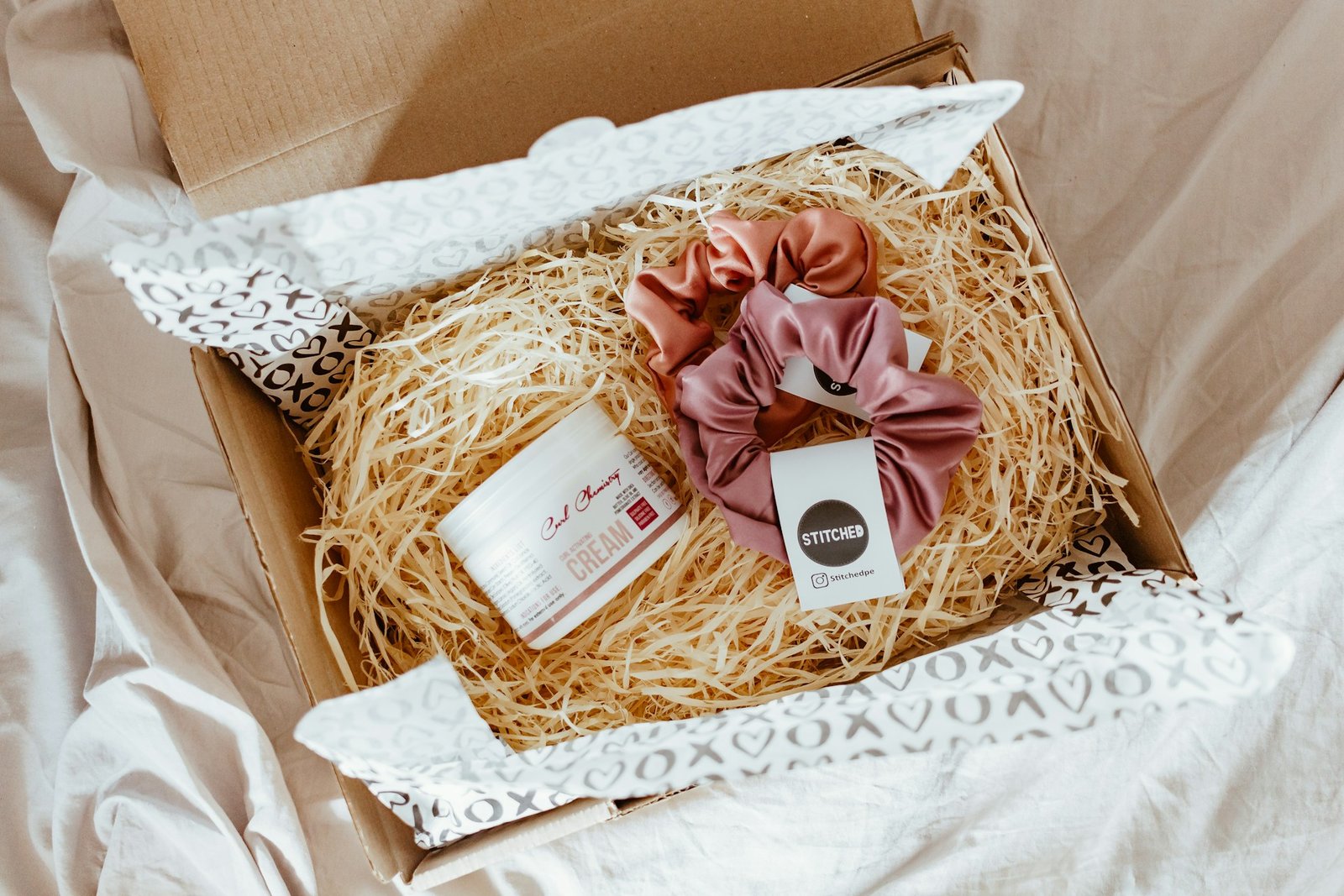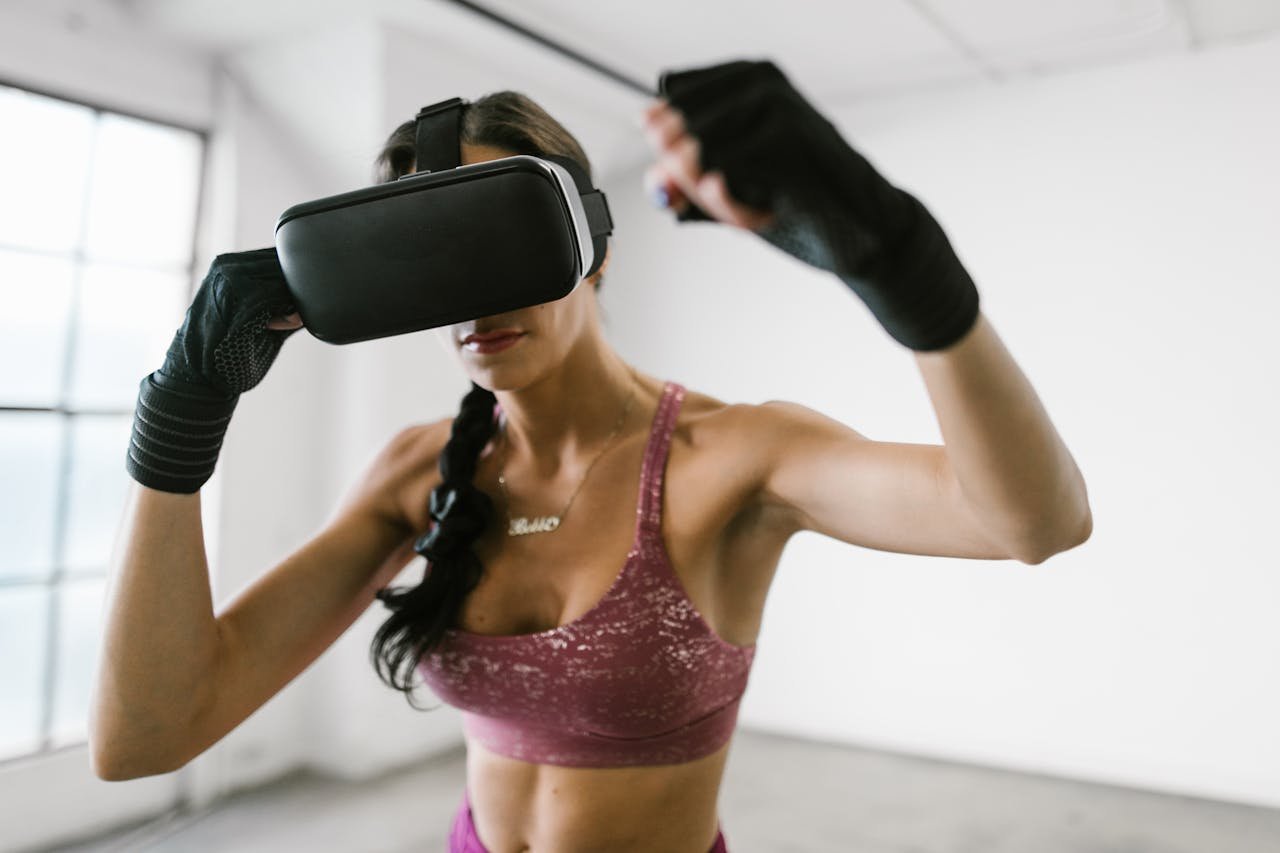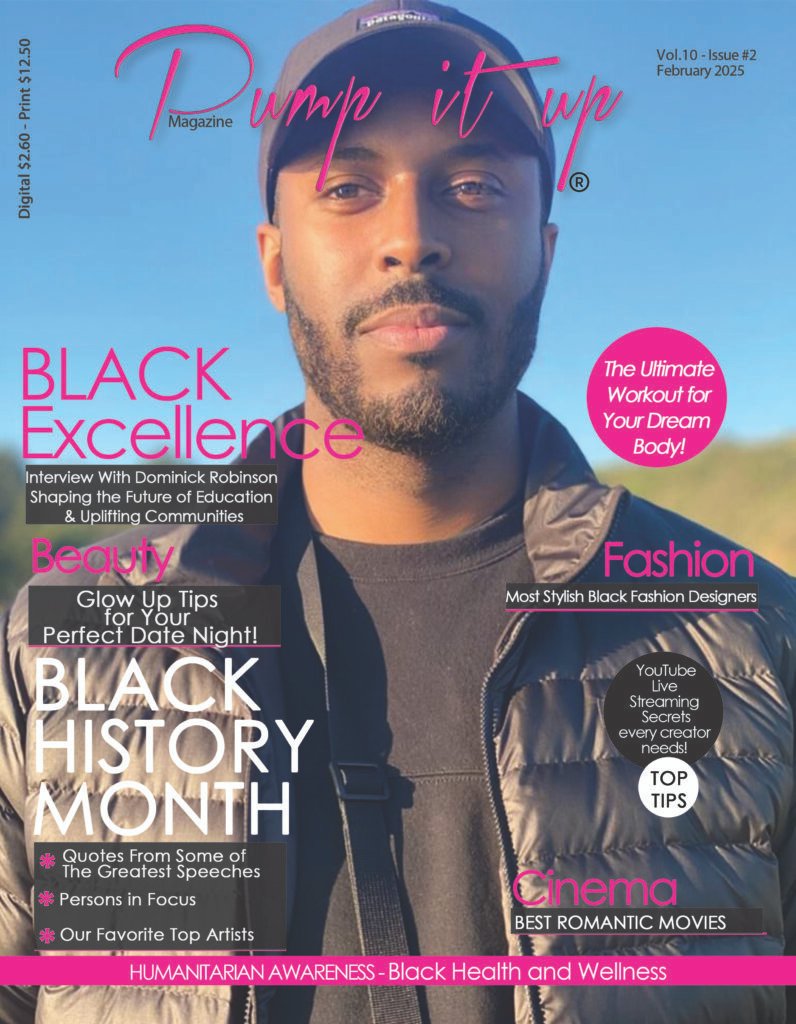STARLEY HOPE THOUGHT she was done with the music biz after writing “Call on Me.” The song felt like her last shot at success after spending years trying to make it as a songwriter. “I decided I was going to give it up and get a ‘real job,'” she told the website Music Love. She released the track as her debut single in July, expecting it to be her swan song.
It wasn’t. “Call on Me” currently sits at No. 80 on the Billboard Hot 100. It hit number one on the Swedish charts, and went gold or platinum in nine countries. Hope wrote a certified hit single, one dwarfed only by the remix from Aussie DJ Ryan Riback. Although you hear it all over the radio now, Spotify users found themselves bouncing along to her synthy strains seven months ago.
The song owes much of its success to Spotify playlists. These playlists, created by individual users or Spotify “editors,” form the curated labyrinth through which Spotify can lead an artist or song from obscurity to mass appeal. Think of it as the moneyball of music, a ruthlessly data-driven approach to introducing listeners to songs. Just as Facebook loves rolling out new features to a tiny subset of its users, killing what doesn’t work and expanding on what does, Spotify considers every track a beta test. Nick Holmsten, the service’s head of shows and editorial, claims he could dig into the data and tell you which new song will be a hit in six months. He declined to prove it, but says his team certainly saw “Call on Me” coming.
Spotify, Apple Music, and others have changed the people listen to music. In the process, they’ve changed the way artists and songs break.
Still, the song didn’t explode overnight. Two months after its release, a Spotify editor added it to the Danish version of the New Music Friday playlist. Listeners took to it, according to Spotify’s analytics that track how often people play a song, how much of that song they listen too, whether they add it to their own playlists, and more. Editors gave the song a little more exposure at the end of September when they added it to the Weekly Buzz and Pop Rising playlists, which count 1.1 million followers between them. When the song kept getting tens of thousands of streams daily, Spotify started peppering it into popular playlists worldwide, a strategy it calls “playlisting.” The numbers kept looking good. On October 14, when nearly a million people were listening to the bouncy ballad each day, Spotify’s editors added it to the Today’s Top Hits playlist and its 14.4 million followers.
By the time a song lands on Today’s Top Hits or other equally popular sets, Spotify has so relentlessly tested it that it almost can’t fail. “There are very few artists that get into the flagship playlists and then get kicked out,” Holmsten says. When “Call On Me” made that list, it was already destined to go viral—even though most people had still never heard it.
In November, the track was getting two million daily plays; it peaked in early February at 2.6 million. All told, Spotify users have streamed the Riback remix 360 million times, and the original another 26 million times. It’s a certified platinum hit, one only now blowing up on radio, more than half a year after Spotify telegraphed its success.
Turn the Playlists Up
Spotify, Apple Music, and other streaming services have fundamentally changed how people listen to music. In the process, they’ve changed how artists and songs break. Radio may remain the most popular way of discovering music among casual fans, but unless you’re Drake or Rihanna, it’s hard to get any play. Plus, real fans—the people who go to concerts and buy merch and actually pay for music—use streaming services like Spotify.
“Spotify playlists, and Spotify charts, and Spotify plays, have become the number one tool that labels and artists and managers are using in order to break artists and measure success,” says industry analyst Mark Mulligan. Facebook has more users, YouTube has more views, but Spotify represents more important real estate. “If you get things working on Spotify,” Mulligan says, “that’s going to crank the wheel.”
Listeners now spend about half their time on Spotify listening to playlists, either of their own creation or curated by Spotify’s editors and other tastemakers. As a result, every artist wants a spot on the high-traffic playlists like Today’s Top Hits or Rap Caviar. There’s an official pitch process, a form anyone can fill out with details about their track and their hopes and dreams for world-beating success, but a little inside knowledge helps. “Every team on the editorial side has their own way of working,” says James Walsh, business development manager at Ditto Music, which helps artists placetheir music in online stores. You can’t guarantee entry, but you can at least try putting your stuff in front of the right people.
A while back, Walsh spent a sleepless weekend cataloging every Spotify playlist he could find, figuring out who and how to pitch for each one. He and others like him want to understand what happens when you’re the first song on a playlist, or fourth, or 14th; the difference between landing on a huge but varied playlist like Good Vibes (1.5 million followers), or something smaller but specific like Canadian Country (36,000). Many artists and labels, meanwhile, now promote playlists featuring their songs, hoping fans will listen and save, thus improving a track’s outlook.
Spotify’s programming runs counter to how music traditionally worked. Radio is simple, relatively speaking: Stations create playlists through a mix of data and human curation, swayed by relationships and the songs DJs wanted you to love. Spotify and other streaming services are all about data. People pull the levers that make it all work, sure, but you can’t fake listener data. If a song works, it grows. If it doesn’t, it dies.
Holmsten says this process makes Spotify transparent with creators and impervious to their cajoling. Editors exert some control over how a song enters the Spotify Playlist Machine, but Holmsten swears musicians can’t beg, borrow, or bribe their way into Today’s Top Hits. “There’s absolutely no way to push our team,” he says. “It’s no one person’s feeling that matters.”
He insists that the beauty of Spotify lies in the fact it offers more than one path to success. The platform boasts fans of every imaginable genre; the key for artists is finding the right match. That’s where editors become particularly important, scouring the musicverse for the tracks you’d love but would never find on the radio. “Not everything has to be this gigantic Today’s Top Hits thing,” Holmsten says. “It’s just putting your music in front of listeners that would never have seen it otherwise.” He says Spotify often hears from artists who went from part-time musicians to earning a living from their art after their placement on a couple small but well targeted playlists got them in front of the right audience.
A Playlist for Every Occasion
Slowly but surely, labels and artists are learning how to engage with Spotify. But even as they catch up, Spotify keeps complicating matters. After moving away from organizing music by albums, it’s tossing aside genres, too. Like other streaming services, Spotify cares more about figuring out what you’re doing, and what you want to hear while doing it—providing music for working out, sleeping, studying, commuting, and so on. “We really want to soundtrack every moment of your life,” CEO Daniel Ek said last year. “As we think about Spotify in the future, it’s really all about bringing music (and other media) to more moments in your life.” In that world, music becomes a passive experience, less art form and more utilitarian. That will change how music is released, even what it sounds like.
At the same time, Spotify is investing more in personalized playlists, like the algorithmically generated Discover Weekly and Daily Mix. Over time, Mulligan says, even things like Today’s Top Hits or New Music Friday could be tuned to each user’s particular taste. “The idea of any playlist being the same thing to any person is going to become less and less as time goes on,” he says. Not to mention, as it learns more about what listeners like to listen to and when, the company could start to make tailored content—just as Netflix began making its own shows after discovering people really love Adam Sandler. What does the recording biz do then?
For Spotify, at least, the path forward will be paved with playlists. “Playlists are Spotify’s answer to product innovation,” Mulligan says. The company sees its network of playlists as its key differentiator—the place you go to find something to listen to, the perfect track plucked out of tens of millions of options. It doesn’t matter whether that track comes from the biggest artist on the planet, or someone like Starley Hope, a 20-something from Australia nobody’s ever heard of. If you’ll like it, it’ll find you. Spotify makes sure of that.













